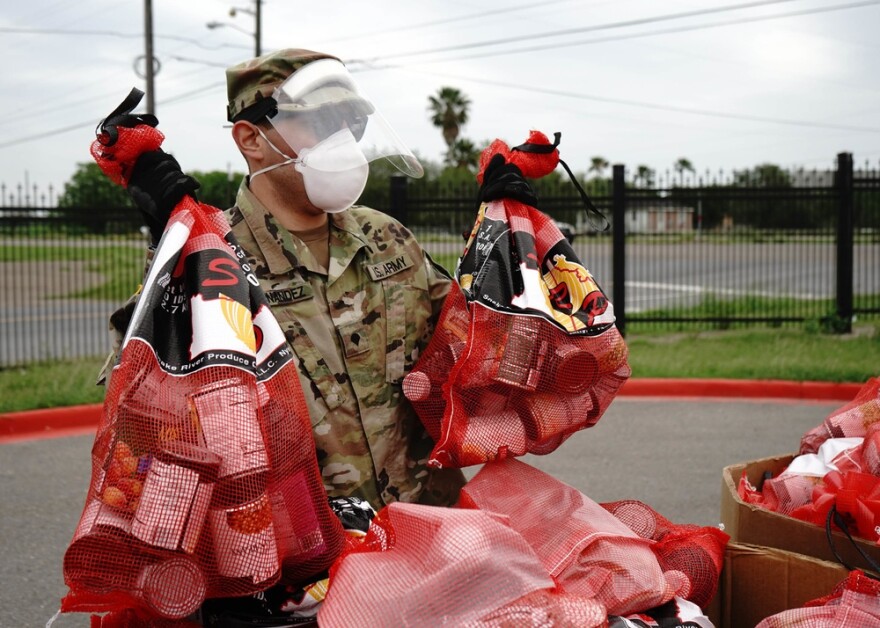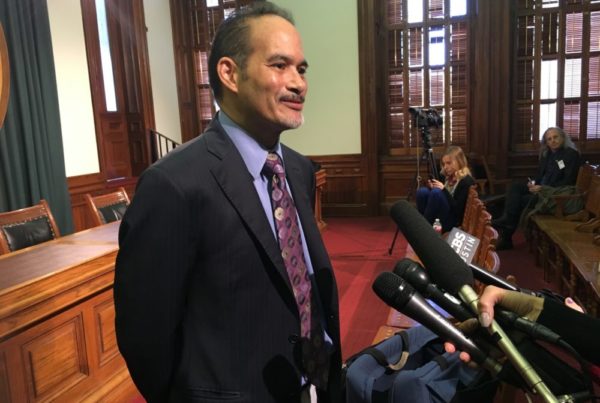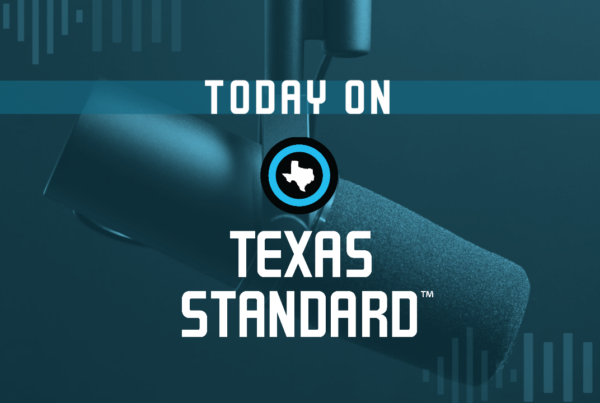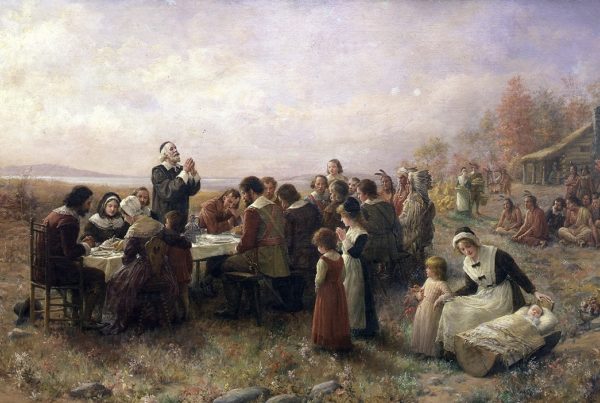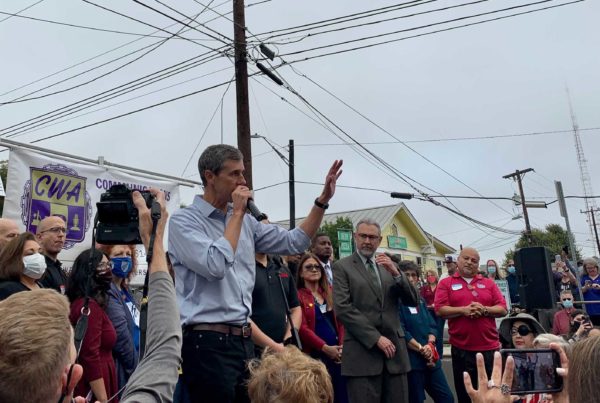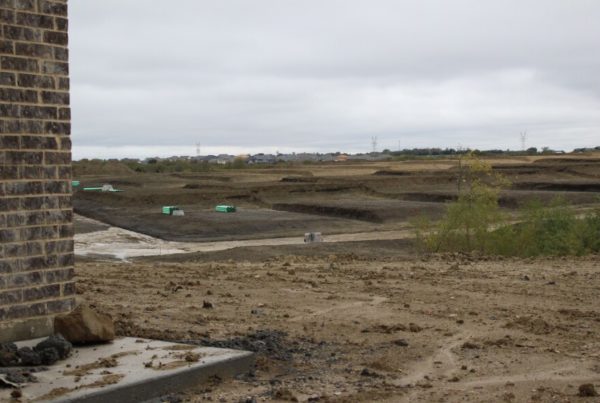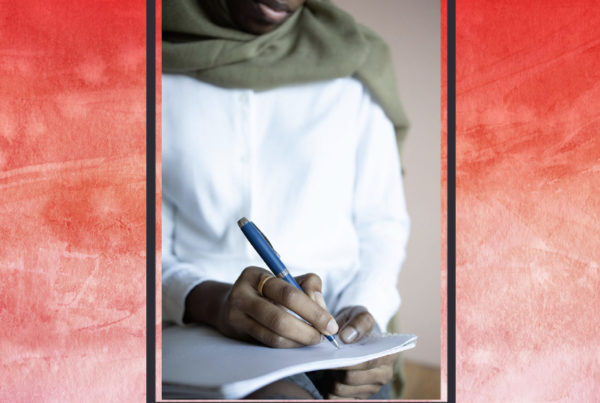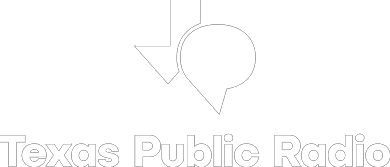On a recent weekday in Chelsea, Massachusetts, Jaime Carillo waited on his front porch for the van service that takes his son to school. The wait was shorter than it was earlier in the year, when a driver shortage crippled the school district’s transportation system.
“I had to take him to school for three weeks because the school bus didn’t go by,” Carillo said. “I had to get out of work to do it because I go in at 8 a.m… They (the district) told me there were problems, that there weren’t enough drivers. First the bus had to drop off one group of kids, then pick up another.”
That changed when the Gov. Charlie Baker of Massachusetts called the National Guard to fill in. For a time, Carillo’s son was greeted by a uniformed military member behind the wheel.
Carillo told WBUR’s Carrie Jung that he appreciated how reliable the Guard members were. During the pandemic, he also saw them in places other than the driver’s seat, including at food distribution events and vaccine clinics.
“I’m happy they brought in the (National Guard) drivers. One feels more secure. They seem more prepared, but that’s just me.”
“I was very surprised,” Soto said. “But then, my next reaction was like, ‘Wow, the state is really paying attention to the issues that school districts are facing, and they’re thinking outside the box and jumping in to help.’”
The bus driver deployment is just one example of how the National Guard’s role has expanded. Since last year, National Guard troops have been deployed repeatedly — not only by the president, but also by governors — who called them up to assist with pandemic relief, to respond to last summer’s protests and to patrol the southern border. That’s all while balancing wildfires, hurricanes and duties overseas.
Some state Guard leaders say troops enjoy the domestic missions because they can directly serve their neighbors. But they argue that back-to-back mobilizations aren’t sustainable.
“When you think about that impact on families and employers, it’s pretty significant,” said Maj. Gen. James Eifert, the Adjutant General of the Florida National Guard. “Then you add in the challenges of being in the middle of a pandemic, when there’s so much uncertainty and moms and dads are pulled away from kids and families.”
Eifert said Florida needs more Guard troops so it can rotate them and relieve the strain. His counterparts in Texas and California are making similar arguments.
Maj. Gen. David Baldwin, head of the California National Guard, said his troops have been beleaguered by short notice domestic deployments, especially given this year’s intense wildfire season. Baldwin has recently lobbied for more force structure but hasn’t received it, and he’s critical of how the federal government allocates troops among the states and territories.
“Why would they not put Guard members where the population is? And take a look at the demand for response here in the homeland — to save the lives and property of the citizens of the United States — in the states that have the most emergencies?”
“I think it’s so important that we increase the bottom line — that we increase the overall manpower and health of the guard to make sure more than those that have been doing the heavy lifting get their batteries recharged,” said Republican Tony Gonzales of Texas, one of more than 50 members of Congress asking the Defense Department to allocate more National Guard troops to bigger states — or make the Guard larger across the board.
The Defense Department decides how to distribute National Guard troops based on budgets passed by Congress. Changes in force structure from year to year are usually marginal because authorities want to make sure states can sustain their numbers through recruiting.


